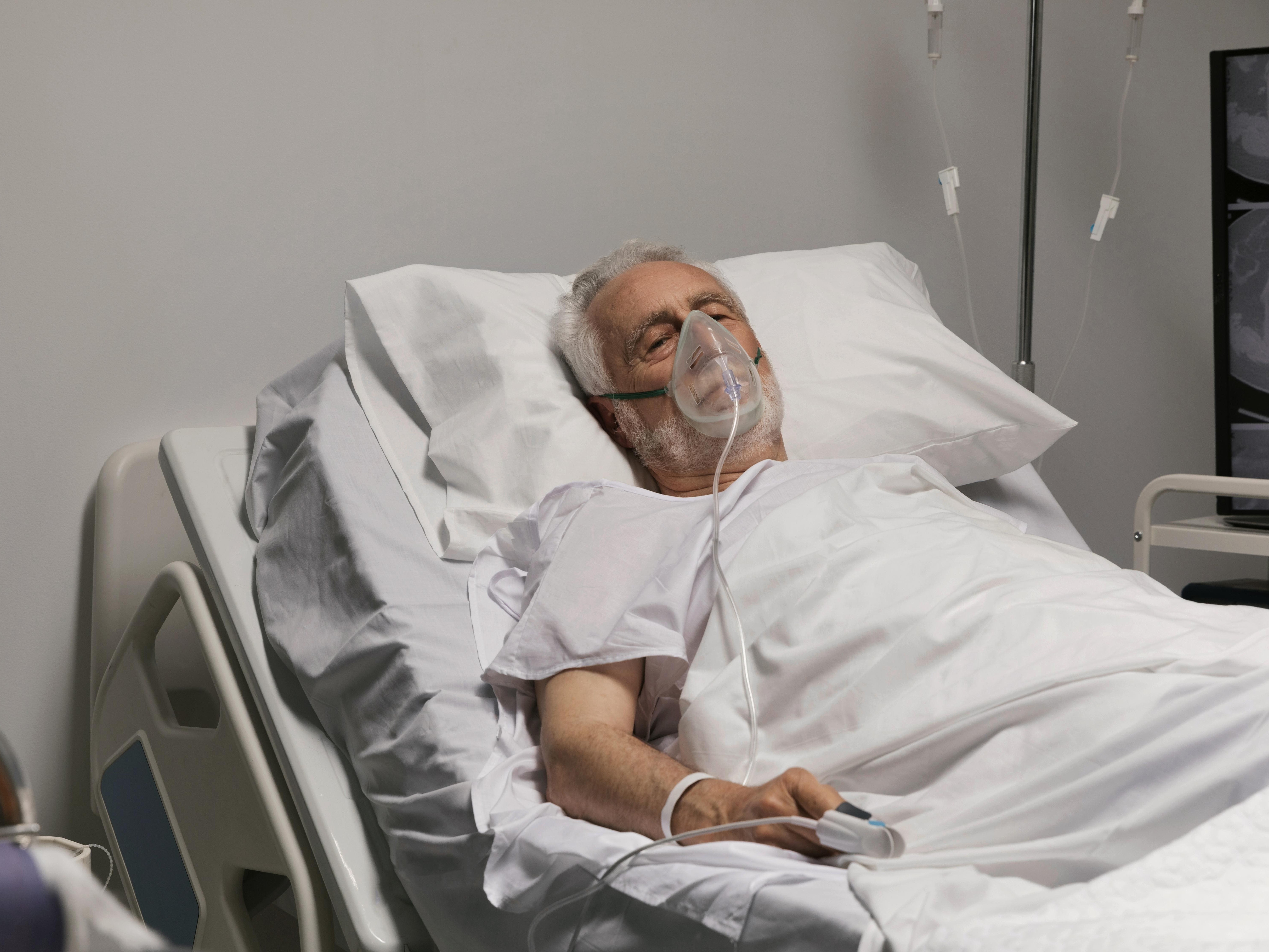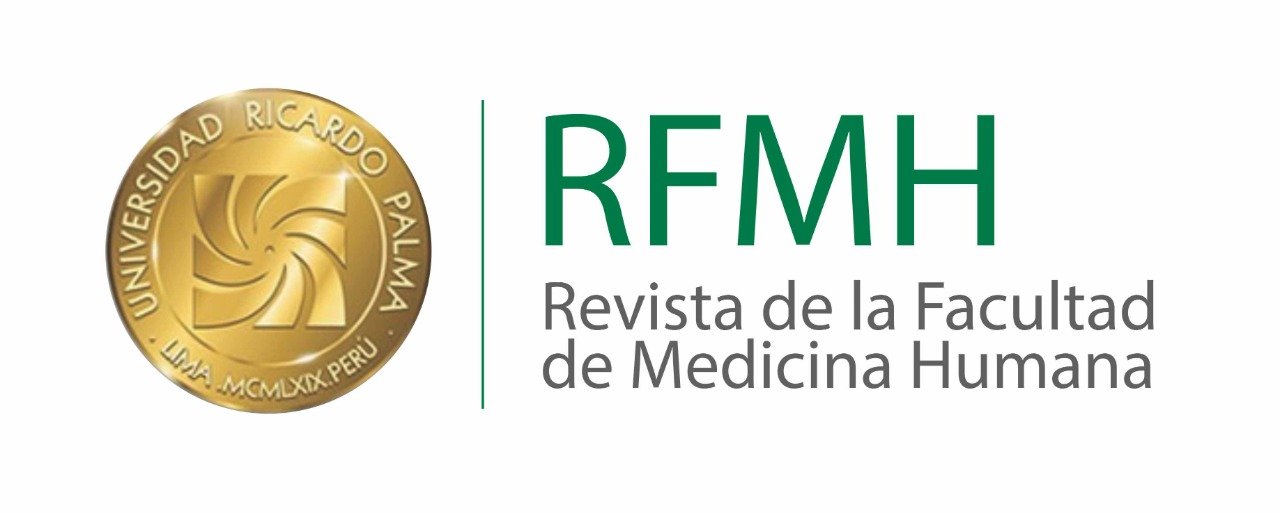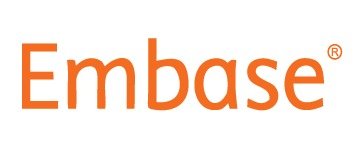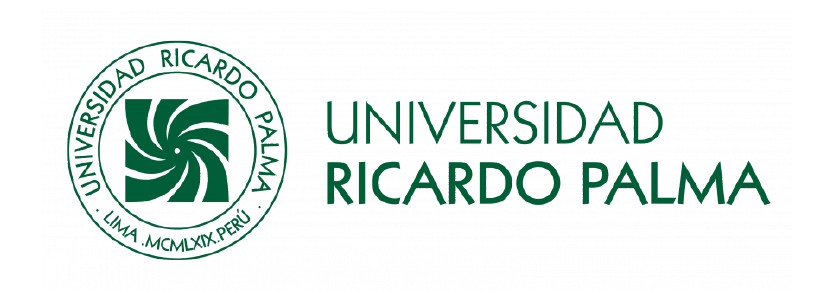Short and prolonged fasting prior to the performance of tracheostomies in intensive therapy: a retrospective study
Ayuno corto vs prolongado previo a la realización de traqueostomías en pacientes de terapia intensiva: un estudio retrospectivo
DOI:
https://doi.org/10.25176/RFMH.v24i1.6086Keywords:
Fasting, Tracheostomy, PneumoniaAbstract
Introduction: International guidelines on aid prior to invasive procedures usually generate longer aid than in intensive care (IT) patients. This fact represents a high risk of malnutrition and, consequently, a worse prognosis. The objective of the present investigation was to analyze the degree of association between the fasting time prior to tracheostomy of patients under mechanical ventilatory assistance (MVA) and the appearance of pneumonia.
Methods: Retrospective cohort study that included patients admitted to our IT from 10/01/2018 to 08/31/2022 and with a tracheostomy performed. Two cohorts were defined characterized by fasting ≤3 hours vs. >3 hours. Fisher's exact test and Mann-Whitney test were used for bivariate analysis. A p value <0.05 was shown to be significant.
Results: 141 patients were hospitalized with a tracheostomy, 9 were excluded, leaving 132 patients. The cohort with fasting ≤3 hours was made up of 15 patients and the one with fasting >3 hours was made up of 117, the latter presented an average fast of 2.5 hours (RI 2-3), days of AVM prior to the procedure of 13 days (RI 12-18), while the other cohort presented an average fast of 6 hours (RI 5-8), days of AVM prior to the procedure of 12 days (RI 10-14.5). When analyzing the association between the type of fasting and the appearance of pneumonia, an OR of 0.958 (95% CI: 0.32-2.87) was obtained, p value of 0.743.
Conclusions: No significant differences were found regarding fasting time and the appearance of pneumonia as referred to in the international literature.
Downloads
References
McGrath BA, Bates L, Atkinson D, Moore JA. National Tracheostomy Safety Project. Multidisciplinary guidelines for the management of tracheostomy and laryngectomy airway emergencies. Anaesthesia. 2012;67:1025–41. DOI: 10.1111/j.1365-2044.2012.07217.x
Veenith T, Ganeshamoorthy S, Standley T, Carter J, Young P. Intensive care unit tracheostomy: A snapshot of UK practice. Int Arch Med. 2008;1:21. DOI: 10.1186/1755-7682-1-21
Krishnan K, Elliot SC, Mallick A. The current practice of tracheostomy in the United Kingdom: A postal survey. Anaesthesia. 2005;60:360–4. DOI: 10.1111/j.1365-2044.2004.04106.x
Mehta AB et al. Trends in tracheostomy for mechanically ventilated patients in the United States, 1993-2012. Am J Respir Crit Care Med. 2015;192:446–54. doi: 10.1164/rccm.201502-0239OC
Esteban A et al. How is mechanical ventilation employed in the intensive care unit? An international utilization review. Am J Respir Crit Care Med 2000; 161(5):1450- 1458. DOI: 10.1164/ajrccm.161.5.9902018
Cahill NE, Dhaliwal R, Day AG, Jiang X, Heyland DK. Nutrition therapy in the critical care setting: what is ‘‘best achievable’’ practice? An international multicenter observational study. Crit Care Med. 2010;38:395-401. 3. DOI: 10.1097/CCM.0b013e3181c0263d
Friedman B, Joseph M. Ability to predict enteral feeding of pateints admitted to an intensive care unit: a subanalysis of preliminary data from the ICU intravenous pantoprazole study. Crit Care Med. 2002;30(suppl):A43. DOI:10.1097/00003246-200212001-00152
Olsson GL, Hallen B, Hambraeus-Jonzon K. Aspiration during anaesthesia: a computer-aided study of 185,358 anaesthetics. Acta Anaesthesiol Scand. 1986; 30:84-92. DOI: 10.1111/j.1399-6576.1986.tb02373.x
Tiret L, Nivoche Y, Hatton F, Desmonts JM, Vourch G. Complications related to anaesthesia in infants and children: a prospective survey of 40240 anaesthetics. Br J Anaesth. 1988; 61:263-269. DOI: 10.1093/bja/61.3.263
Ng A, Smith G. Gastroesophageal reflux and aspiration of gastric contents in anesthetic practice. Anesth Analg., 93 (2001), pp. 494-513. DOI: 10.1097/00000539-200108000-00050
Hayashi R, Maeda S, Hideki T, Higuchi H, Miyawaki T. Pulmonary Aspiration During Induction of General Anesthesia. Anesth Prog. 2020 Dec 1;67(4):214-218. doi: 10.2344/anpr-67-02-03
Beck-Schimmer B, Bonvini JM. Bronchoaspiration: Incidence, consequences and management. Eur J Anaesthesiol., 28 (2011), pp. 78-84. DOI: 10.1097/EJA.0b013e32834205a8
Sun J, Wei G, Hu L, Liu C, Ding Z. Perioperative pulmonary aspiration and regurgitation without aspiration in adults: a retrospective observational study of 166,491 anesthesia records. Ann Palliat Med 2021;10(4):4037-4046. https://doi.org/10.21037/apm-20-2382
Abe T, Madotto F, Pham T et al. Epidemiology and patterns of tracheostomy practice in patients with acute respiratory distress syndrome in ICUs across 50 countries. Crit Care 22, 195 (2018). https://doi.org/10.1186/s13054-018-2126-6.
Tanaka A, Uchiyama A, Kitamura T et al. Association between early tracheostomy and patient outcomes in critically ill patients on mechanical ventilation: a multicenter cohort study. j intensive care 10, 19 (2022). https://doi.org/10.1186/s40560-022-00610-x
Hartl T, Anderson D, Levi J. Safety of a no-fast protocol for tracheotomy in critical care. Can J Surg. 2015 Feb;58(1):69-70. https://doi.org/10.1503/cjs.027213
Gonik N, Tassler A, Ow TJ, Smith RV, Shuaib S, Cohen HW, Sarta C, Schiff BA. Randomized Controlled Trial Assessing the Feasibility of Shortened Fasts in Intubated ICU Patients Undergoing Tracheotomy. Otolaryngol Head Neck Surg. 2016 Jan;154(1):87-93. https://doi.org/10.1177/0194599815611859
De Luca M y col. Duración del ayuno preoperatorio en pacientes con cirugía programada. Rev. Hosp. Ital. B.Aires 2019; 39(3): 77-80.
Shime N, Ono A, Chihara E et al. Current practice of preoperative fasting: a nationwide survey in Japanese anesthesia-teaching hospitals. J Anesth 19, 187–192 (2005). https://doi.org/10.1007/s00540-005-0319-z
Anderson M, Comrie R. Adopting preoperative fasting guidelines. AORN J. 2009 Jul;90(1):73-80. https://doi.org/10.1016/j.aorn.2009.01.026
Crenshaw JT, Winslow EH. Preoperative fasting: old habits die hard. Am J Nurs. 2002 May;102(5):36-44; quiz 45. https://doi.org/10.1097/00000446-200205000-00033
Pousman RM, Pepper C, Pandharipande P, Ayers GD, Mills B, Diaz J, Collier B, Miller R, Jensen G. Feasibility of implementing a reduced fasting protocol for critically ill trauma patients undergoing operative and nonoperative procedures. JPEN J Parenter Enteral Nutr. 2009 Mar-Apr;33(2):176-80. https://doi.org/10.1177/0148607108327527
Sakles JC, Chiu S, Mosier J, Walker C, Stolz U. The importance of first pass success when performing orotracheal intubation in the emergency department. Acad Emerg Med. 2013 Jan;20(1):71-8. https://doi.org/10.1111/acem.12055

Downloads
Published
How to Cite
Issue
Section
License
Copyright (c) 2024 Revista de la Facultad de Medicina Humana

This work is licensed under a Creative Commons Attribution 4.0 International License.





























